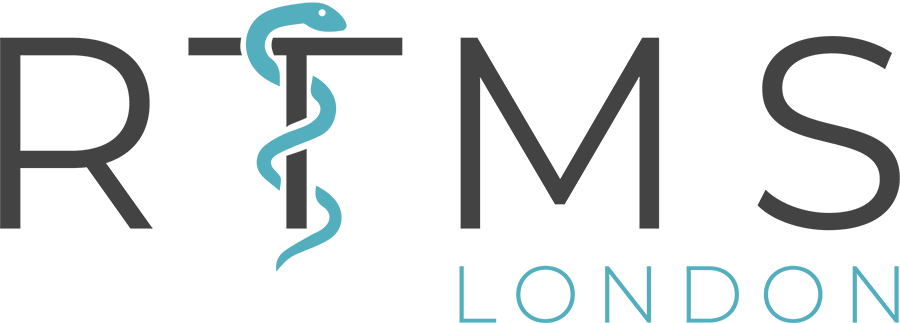
RTMS – An Introduction
Repetitive Transcranial Magnetic Stimulation (rTMS) is what is known as a neuromodulation therapy. This means that it is a technique that has the ability to alter the activity of a specific area of the brain, either increasing or decreasing the excitability of this region as desired.
Advances in medical imaging in the last 30 years have given researchers an entirely new understanding of the role of the brain in many medical conditions. The invention of functional MRI (fMRI) in the 1990s allowed doctors to view brain activity in real time, leading to major breakthroughs in our understanding of not only mental health disorders, but many other illnesses which had not previously been linked to the brain.
What they found was that specific areas of the brain were consistently found to be either underactive or overactive in people with certain conditions, including depression, anxiety, OCD, and fibromyalgia. This not only revolutionised our understanding of these conditions, but also opened up new possibilities for treatment, as the theory was that if these areas of altered activity could be returned to normal, it would follow that the symptoms should also improve.
Brain stimulation
Electromagnetic brain stimulation has been attempted for around 150 years, although early attempts were crude. Doctors noticed that magnetic coils placed over the heads of patients produced feelings of dizziness and giddiness, and began experimentally using this method to treat all kinds of psychiatric disorders. The results of this were mixed, however, as their limited understanding of both electromagnetism and brain anatomy meant that stimulation was unspecific and often dangerous.
Over time, these techniques were gradually refined until the first modern TMS machine was developed in the mid-1980s. A Sheffield doctor by the name of Anthony Barker produced a safe, stable and reliable device, which could target a very specific area of the brain at a controlled level of strength. Barker was also the first to prove that this device had therapeutic benefit, and his discoveries paved the way for rTMS to become accepted by the medical world.
The development of therapeutic rTMS
Initial trials of rTMS focused on its research potential. Stimulation of a specific area of the brain will cause movement in a certain part of the body, and researchers used this information to develop a more accurate map of the motor (movement) region of the brain. Whilst doing this, they also began to investigate the potential of rTMS to help with conditions affecting the motor system, such as Parkinson’s disease.
Over time, more and more uses for rTMS were discovered, and research into new ways to apply it continues to this day. As of 2021 it is approved for the treatment of depression, OCD, addiction, Alzheimer’s, autism, chronic pain, multiple sclerosis (MS), Parkinson’s, PTSD and schizophrenia, with even more conditions currently being studied.
More than just temporary relief
Many studies into rTMS have shown that the effect of the therapy lasts long after the end of the treatment. Research suggests that this may be due to its effect on a phenomenon known as neuroplasticity, which refers to the brain’s ability to remodel itself. In chronic medical conditions, certain patterns of brain activity are repeated so often that they almost become hard-wired – for example the negative thinking loops associated with depression. RTMS treatment appears to improve the brain’s ability to remodel, allowing these patterns to be broken, and for new, healthier ones to form. This exciting ability of rTMS means that it can be possible for people to recover from these complex conditions, sometimes removing the need for ongoing treatment altogether.
The future
As our understanding of the brain continues to improve, the possibilities of rTMS become even greater. A recent study at Stanford University used intensive rTMS treatment on patients with depression, and achieved a 90% remission rate. As the technology improves, and more research is done, it appears as though the future of rTMS is very bright indeed.
Posted on 25th November 2021
